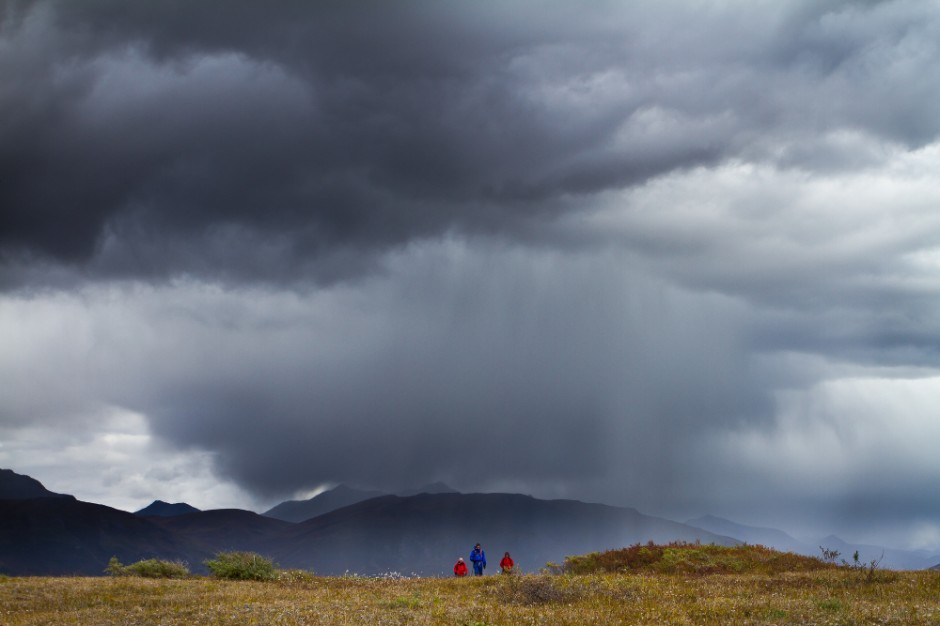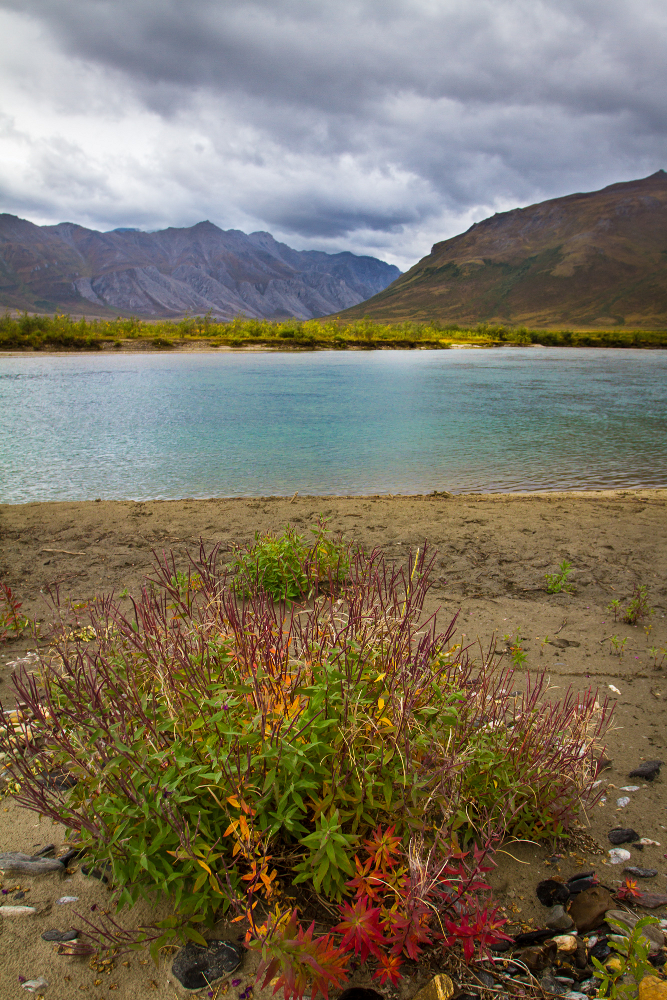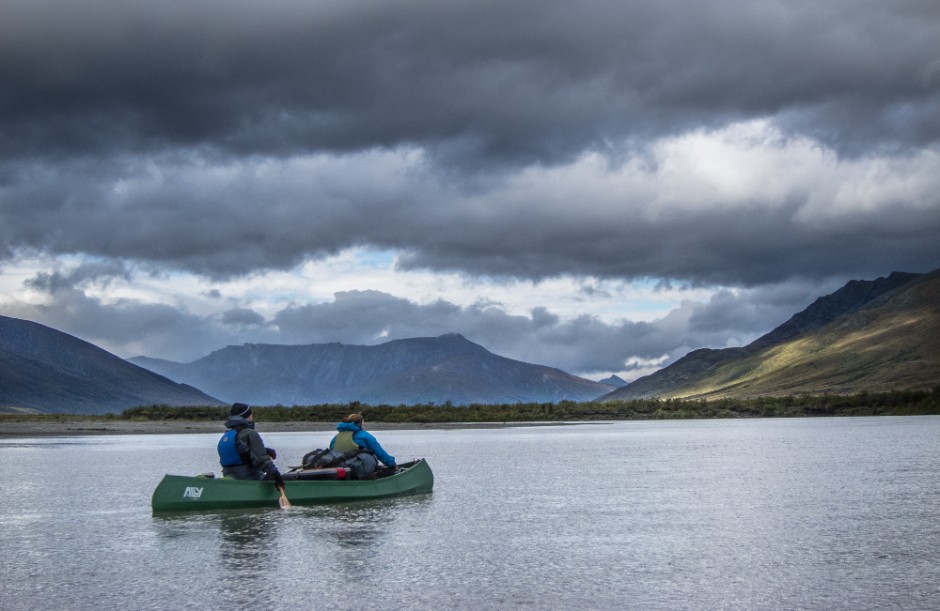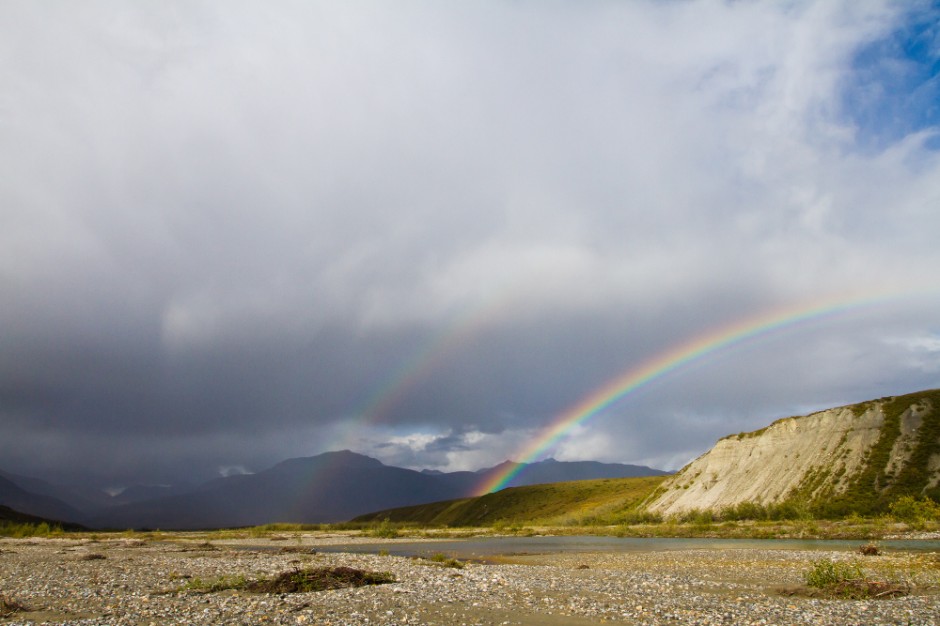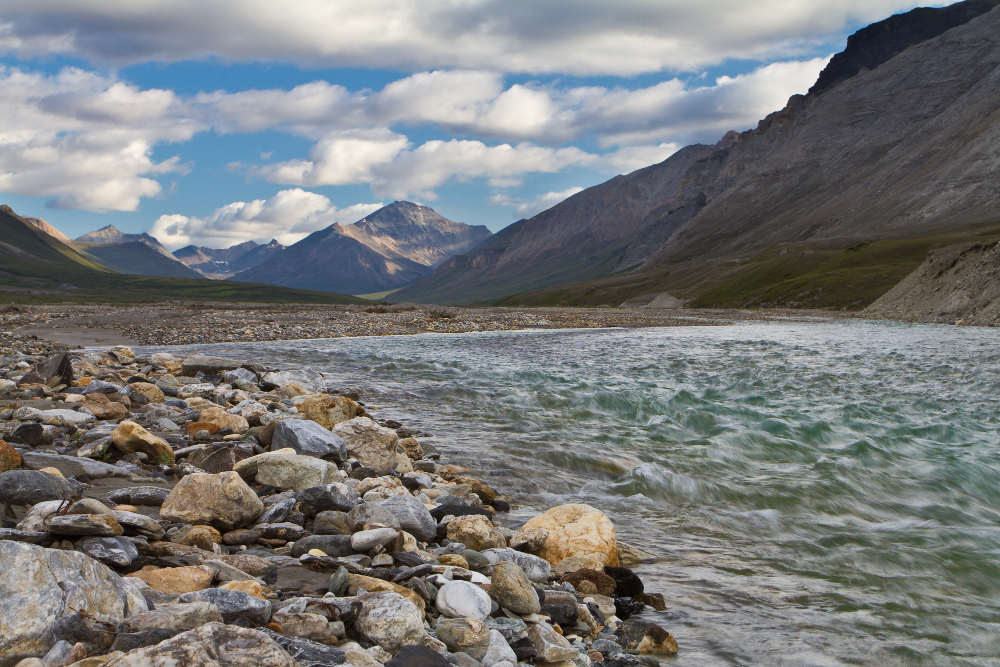THE KUGRAK IS ONE DRAMATIC VALLEY among thousands. The river is an upper tributary to the Noatak, and runs through the mountains of the Western Brooks Range of Alaska, in Gates of the Arctic National Park. Objectively speaking, the Kugrak warrants no more attention than any of the hundreds of glacially carved valleys that surround it. And yet, for me, it does.
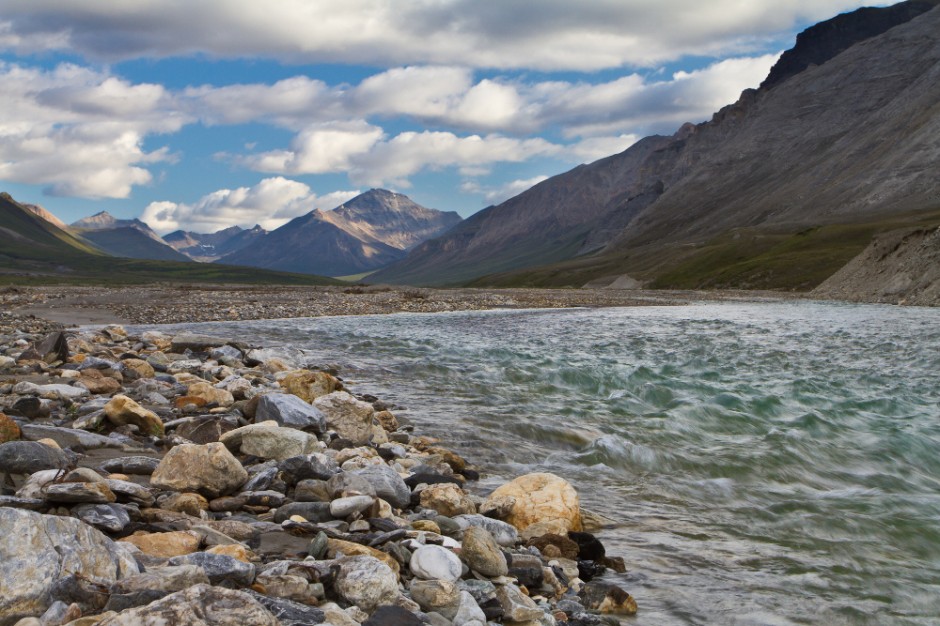


Intermission
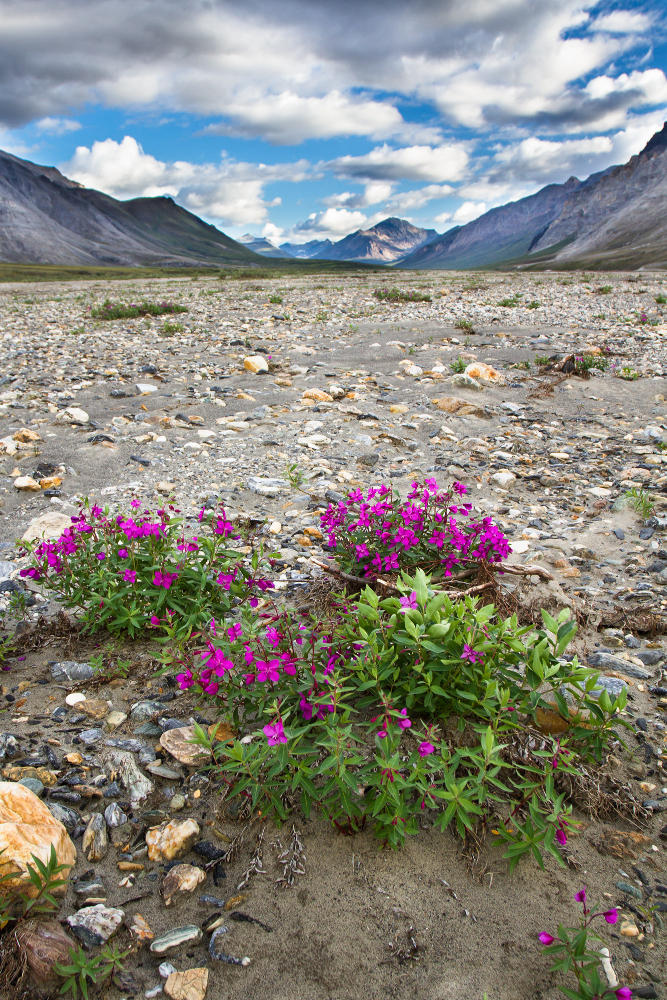
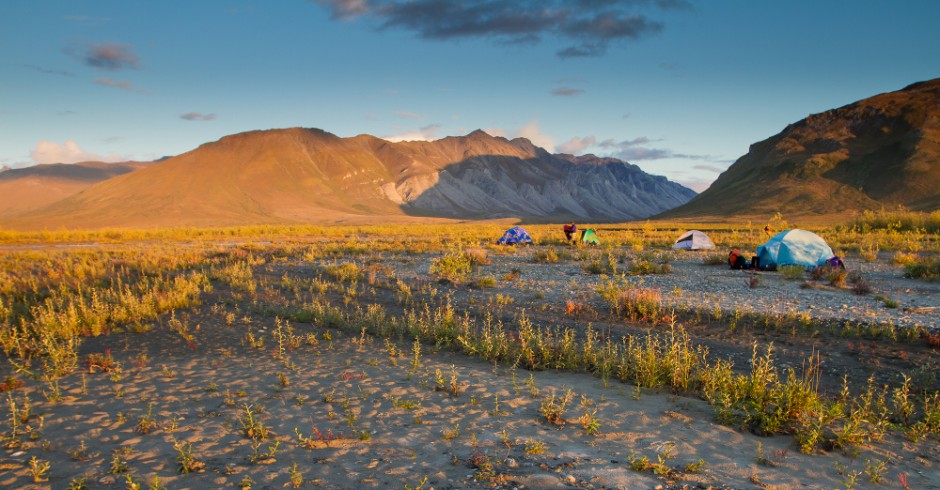

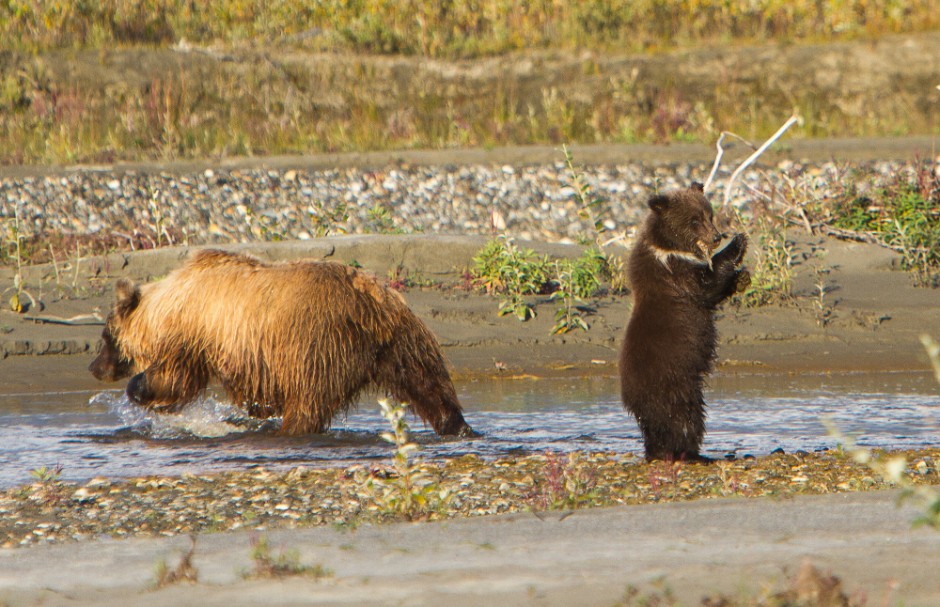
Intermission
